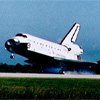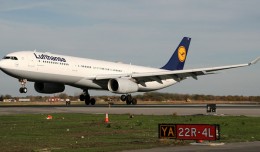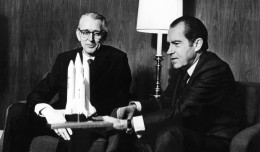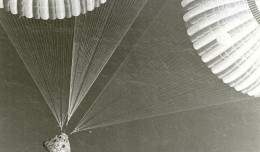1956, the Cessna 620, a pressurized business airplane propelled by four piston engines, makes her maiden flight. Cessna soon determines that there is no market for the aircraft, and with only one prototype built (N620E) cancels the project about a year later.
1962, Andrian G. Nikolayev becomes the third Russian in space, flying aboard Vostok 3.
1982, a bomb explodes in a seat cushion aboard Pan Am Flight 830, killing 16-year-old Toru Ozawa and injuring 15 others. The plane, a 747-100 (Clipper Ocean Rover, N754PA), makes an emergency landing in Honolulu and is repaired. The perpetrator, Mohammed Rashed, is arrested in Greece seven years later and convicted of murder, but freed eight years later. Rashed has also been indicted in the US, and is currently on the FBI’s most wanted list.
1984, President Ronald Reagan jokes during a radio sound check that he had “signed legislation that would outlaw Russia forever. We begin bombing in 5 minutes.” The joke is not broadcast live (contrary to some accounts) but when word of it spreads, the Soviet Army is put on high alert for about 30 minutes.
1985, Space Shuttle Challenger is flown to to Kennedy Space Center via Davis-Monthan AFB, Ariz.
1991, Space Shuttle Atlantis lands after completing mission STS-43.
1993, two B-1 Lancers take off for a round-the-world trip, which they would complete 47 hours later.







